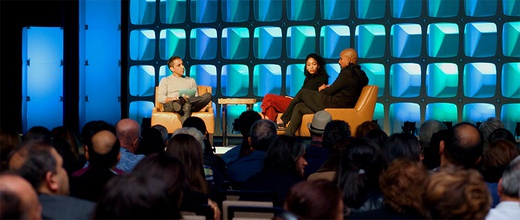The interplay between racism and healing presents a profound challenge to the modern conscience. Why do the wounds of racism take so long to heal? Is it merely an issue of societal ignorance, or does it delve deeper into the fabric of human existence? This query not only invites introspection but also compels a contemplation of the structural and psychological elements involved in the healing process from racial prejudices.
At the crux of the matter lies an understanding of racism as a deeply entrenched social ill, rooted in historical injustices and systemic inequality. The very concept of race, as constructed in contemporary societies, is often a mosaic of cultural narratives shaped by conquest, colonization, and discrimination. Thus, the scars borne from generations of racism are not just skin-deep; they are embedded in the psyche of communities, affecting collective identities and interpersonal relations.
One must appreciate the multilayered nature of racial wounds, which encompass emotional, psychological, and social dimensions. The emotional ramifications of racism manifest in feelings of anger, despair, and isolation among those marginalized by discriminatory practices. Psychologically, individuals may grapple with issues of self-worth, identity dislocation, and internalized racism. The social consequences are equally manifold, with fractured relationships and a diminished sense of community unity becoming commonplace.
Remedying these wounds necessitates a holistic approach that transcends superficial interventions. To initiate genuine healing, one must confront the historical narratives that have perpetuated racial divisions. Education plays a pivotal role in this process. The dissemination of knowledge regarding the history of racial oppression fosters a greater understanding of the injustices faced by marginalized communities. This, in turn, lays the groundwork for empathy and reconciliation.
Furthermore, engagement in dialogue is imperative. Dialogue, whether in classrooms, community organizations, or personal interactions, serves as a crucible for change. It enables participants to articulate their experiences and grievances while also facilitating listening and understanding. For truly transformative dialogue to occur, participants must approach discussions with an open heart and mind, engaging with authenticity and vulnerability.
However, language is a powerful tool and can serve both as a bridge and a barrier. When discussing race, terminology can shape perceptions and ignite tensions. The potential for misunderstanding highlights the necessity of choosing words with circumspection and care. Terminology that is nuanced yet accessible fosters an environment where healing can begin without further inflaming historical wounds.
Additionally, systemic change must accompany individual healing efforts. Addressing institutional racism requires scrutinizing policies that perpetuate inequality and advocating for reforms that create equitable opportunities for all. This calls for a sustained commitment from both individuals and institutions alike. Individuals can act as catalysts for this change by demanding accountability from organizational leaders, while institutions must embrace transparency and inclusivity in their operations.
The road to healing also involves fostering a sense of agency within affected communities. Empowering these populations to reclaim their narratives and engage in self-determination is crucial. Initiatives that promote the arts, cultural practices, and community leadership can be pivotal in this regard. Such avenues not only provide spaces for expression but also establish connections among individuals who share similar experiences, thereby fortifying communal bonds and resilience.
Moreover, one cannot overlook the role of spirituality in the healing process. Many find solace and strength in their spiritual beliefs, which can provide a framework for understanding suffering and loss. The Baha’i teachings emphasize the oneness of humanity and the intrinsic worth of every individual. This spiritual foundation can inspire holistic healing, urging individuals to transcend their grievances and pursue unity and compassion in the face of adversity.
Nevertheless, while individual and communal efforts are commendable, one might ask: are we structurally nudging society towards genuine healing? The challenges posed by entrenched systems—educational disparities, economic inequalities, and discriminatory practices—must be combatively addressed. Societal change does not occur overnight; it is a laborious endeavor fraught with setbacks and resistance. Yet, these very challenges can catalyze collective action, sparking movements that champion justice and equality.
This leads us to consider the interconnectedness of healing among disparate communities. Experience has shown that when one community suffers due to systemic racism, it reverberates across the social fabric, affecting all. Thus, true healing transcends boundaries. When we actively engage in healing our societal wounds, we cultivate a culture of compassion that uplifts all members of our global community. This universal approach not only enhances the potential for holistic healing but also creates a more harmonious society.
In conclusion, the question of why the wounds of racism take so long to heal arises from the complexities of human emotion, historical context, and systemic structures. A multifaceted treatment of these wounds is essential—one that embraces education, dialogue, empowerment, spiritual nurturing, and a commitment to systemic change. While the journey toward healing may be arduous and prolonged, understanding the depth of these wounds illuminates the path ahead. It is a path paved with empathy, resilience, and an unwavering belief in the potential for a just and united world.
